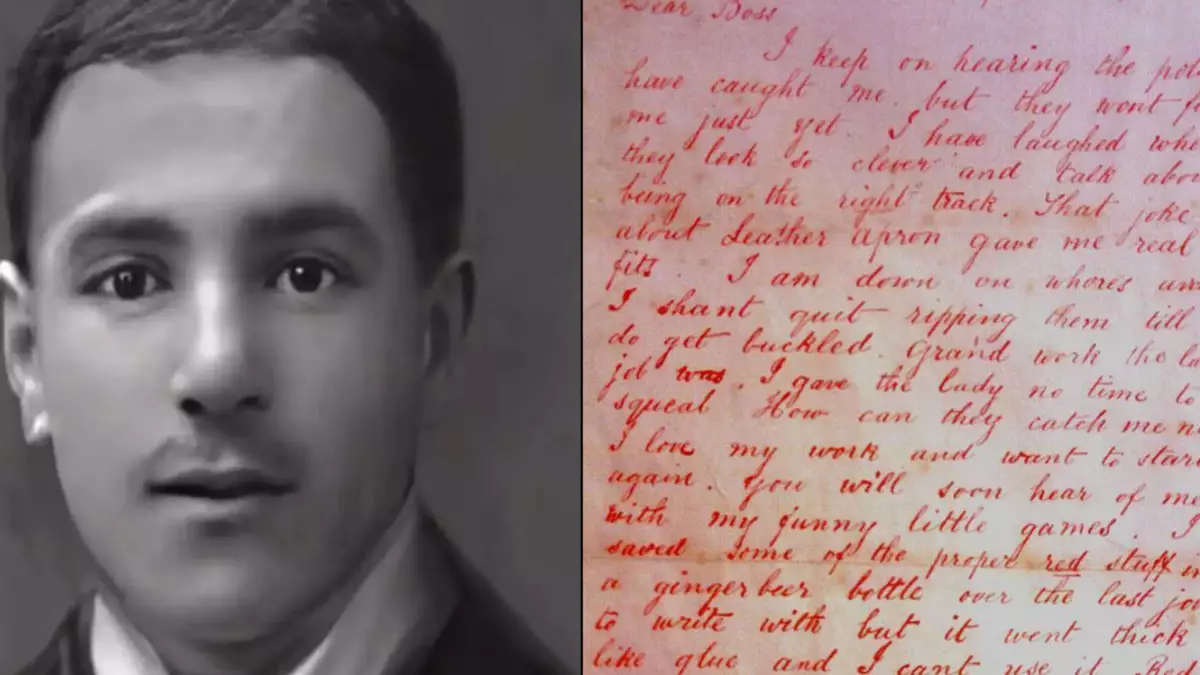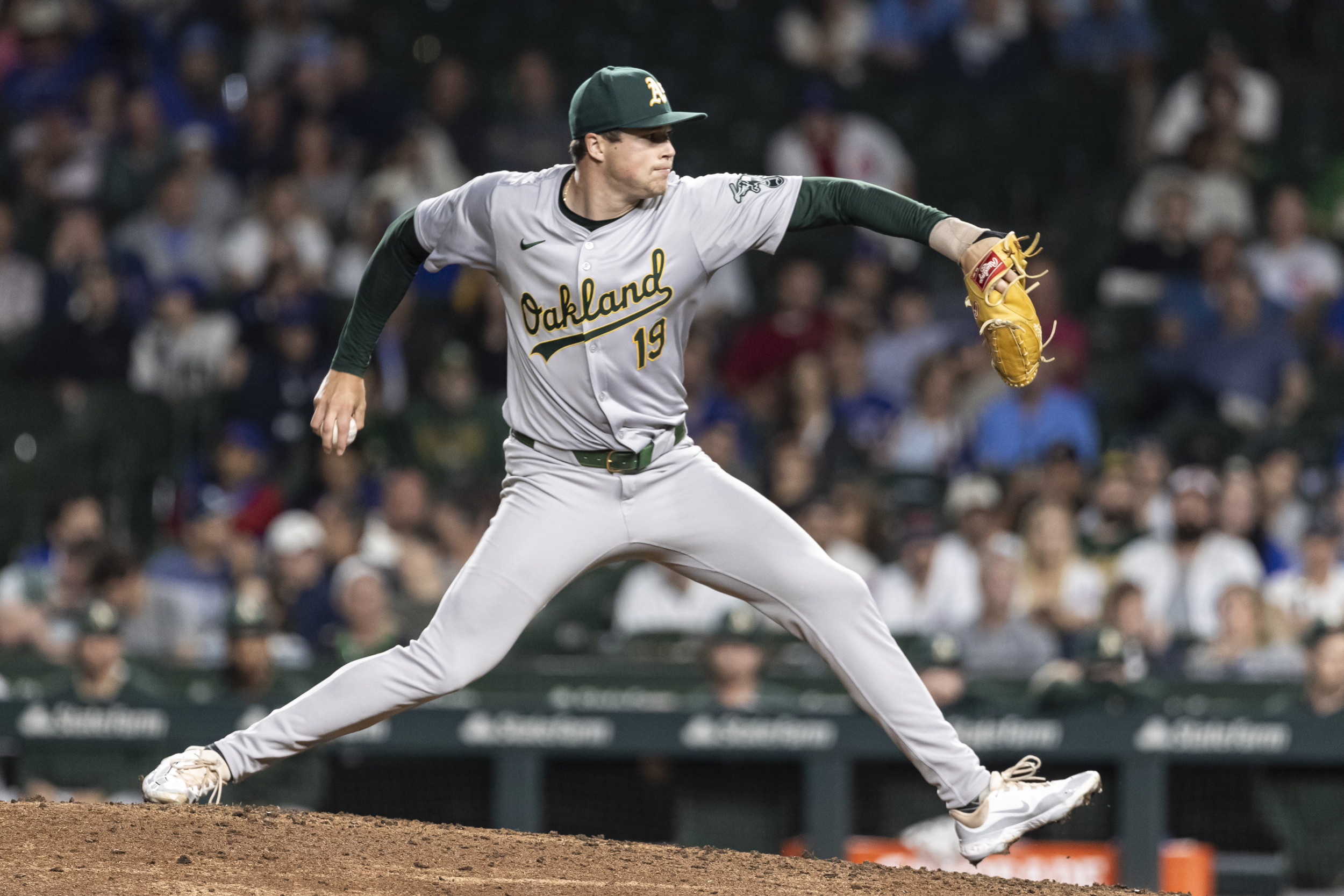Every Friday, A.V. Club staffers kick off the weekend by taking a look at the world of gaming, diving in to the ideas that underpin the hobby we love with a bit of Game Theory. We’ll sound off in the space above, and invite you to respond down in the comments, telling us what you’re playing this weekend, and what theories it’s got you kicking around.
I had a paradoxical thought the other day, while settling in to a session with Nintendo’s new charming but slight Mario & Luigi game, Brothership: “Man, I wish this was on a handheld system.”
Paradoxical, because Brothership is a Nintendo Switch game, and the Switch is, of course, a handheld console. At least, in theory: My wife, who has technical custody of the system in our household, certainly uses it as such, racking up hundreds of hours of The Binding Of Isaac or Wingspan in bed before tapping out for the night. But I’ve never been able to make the leap, especially not when it comes to games with text, which Brothership has more of than it needs. For the vast majority of my Switch gaming, the console stays safely ensconced in its dock by the TV, with my hands on a Pro Controller, playing it exactly like I play my PlayStation 5. On some level, I know I’m Doing It Wrong by not taking advantage of the system’s hybrid nature and mobility, but playing Brothership—an unlikely return to one of Nintendo’s best handheld franchises—really brought that disconnect into focus.
You could argue, from a strictly literal point of view, that there’s no necessary difference between a handheld game and one for a stationary system, especially not in 2024, the era of the Steam Deck and, yeah, the Switch. And maybe that’s true; I might just be an old dog, failing to learn a new trick. But playing Brothership brought some of those more subtle design differences between the two styles into focus: Like its predecessors, which came out on each of Nintendo’s legendarily good 21st century handhelds, the game puts a focus on light storytelling married to an RPG combat system with heavy action elements inspired by more traditional Mario games. That means you can’t just click through menus to get things done: You’ve actually got to play the dang thing. The brilliance of the series has always been those fights, which force the player to treat individual attacks the same way they might a tiny snippet of Mario, timing out jumps, holding tension for hammer strikes, and, most importantly, learning each new enemy’s own set of moves to avoid damage when on the defensive. It’s a formula for continued engagement, and one that makes just enough of an action game out of a traditional role-playing setup to make it easy to pick up, knock out a few battles, and then set back down.
While playing Brothership from my couch, though, in the extended sorts of sessions I associate with sit-down gaming, the bloom starts to come off the fire flower. Especially in the early going, when the Bros. only have one or two attacks, the process of executing these timed hits quickly becomes rote, even a little irritating. (Varying slightly between the two brothers helps a little, but only a little.) Enemy variety is low enough that the thrill of learning a new attack pattern to dodge and punish is nil; it was several hours before I got to the game’s first boss, the first point where the game actually makes the player sweat to keep their mustachioed heroes alive. The upshot of it all is that what was good in bite-sized form began to grate in larger doses—and that’s before we get to the fact that the Switch seems to chug when loading up the game’s battle graphics, adding just enough of a pause before the outbreak of each fight to take the whole thing dangerously close to tedium.
But it’s not just combat where Brothership has a pacing problem that sits ill at ease with, well, sitting: As the title implies, this latest M&L adventure has a distinctly nautical bent, and that includes a mechanic that sees the brothers sailing an island full of refugees around a fractured ocean kingdom, looking for ways to get the whole world wired back up. (It’s kind of like Death Stranding, minus the part where you douse enemies in your own pee—although, to be fair, I haven’t unlocked all of the game’s “Bros.” special attacks yet.) Thing is, the sailing happens in real time, ostensibly to encourage you to go back to completed levels to scour for sidequests or other bonuses while you’re waiting for the next island to drift into range. But even just a few hours in, I’ve had moments where I’ve had nothing left to do but wait as my ship slowly makes its way through the currents; it’s another aspect of the game’s design that seems like it was made with a handheld console, so easily set down for a few minutes, in mind.
Again, there’s every chance this is a Me Problem. Nothing’s stopping me from snatching the console back out of its safe little home by my TV and carrying it around the house—except that the text is too small, the controls too fiddly, and the device itself just a bit too heavy and unwieldy to match my preferences for on-the-go play. (Yes, I know, you can get paddles and other accessories to make the system’s ergonomics better. Spare me the paddle talk.) All of which might explain why I catch myself longing for a dedicated Nintendo handheld for games like this to live on, precision-designed to play to such a system’s strengths—despite the fact that I’m literally playing it on the second best-selling handheld console of all time. Seven years in, the Switch is a lovely system with a tremendous library, demonstrating, for like the millions time, that immortal Nintendo business idea that people buy consoles to play great and unique games, not marvel over hardware. Even so, games like Brothership occasionally demonstrate why its hybrid nature doesn’t always serve that fantastic library as well as it could.




















 English (US) ·
English (US) ·